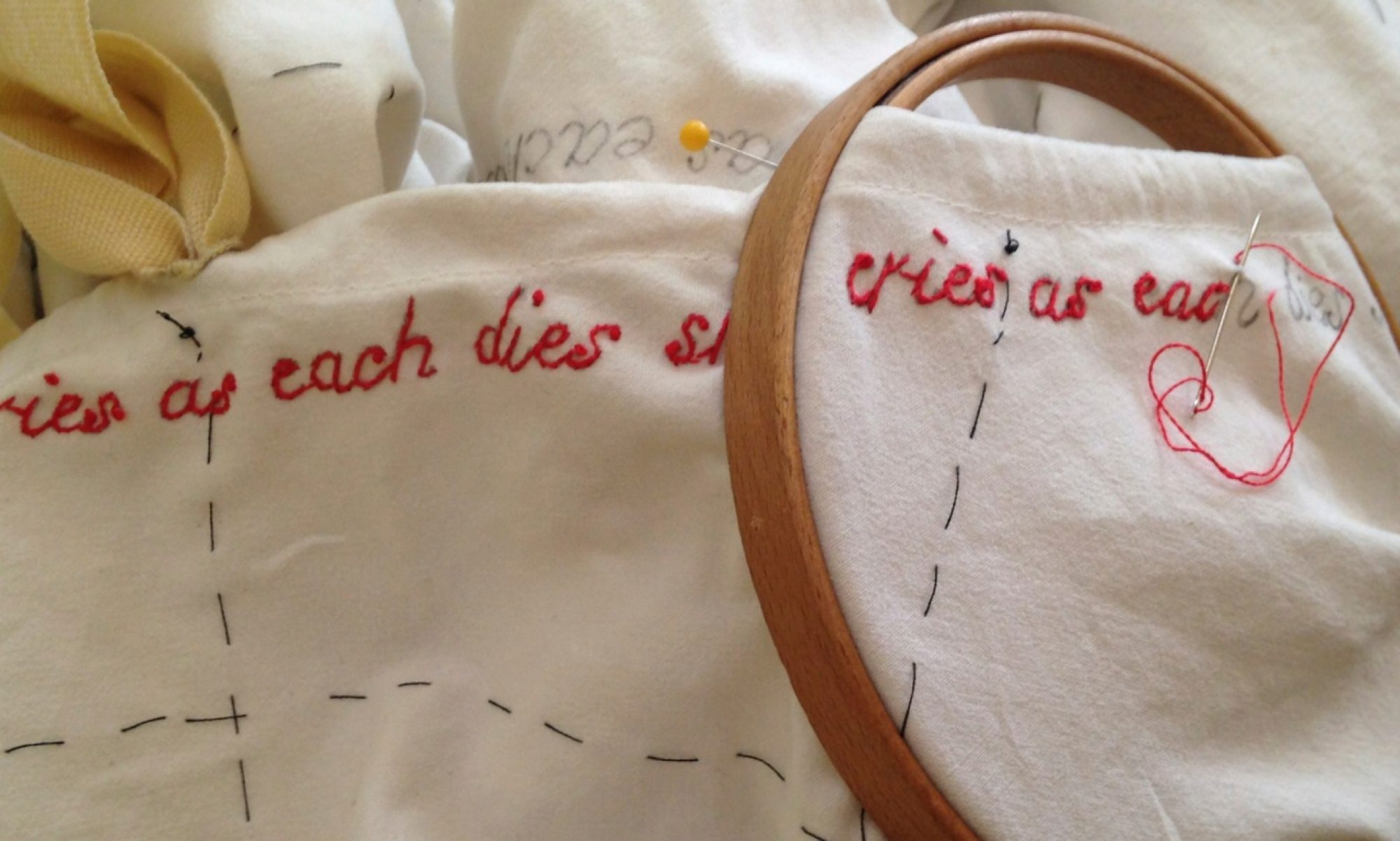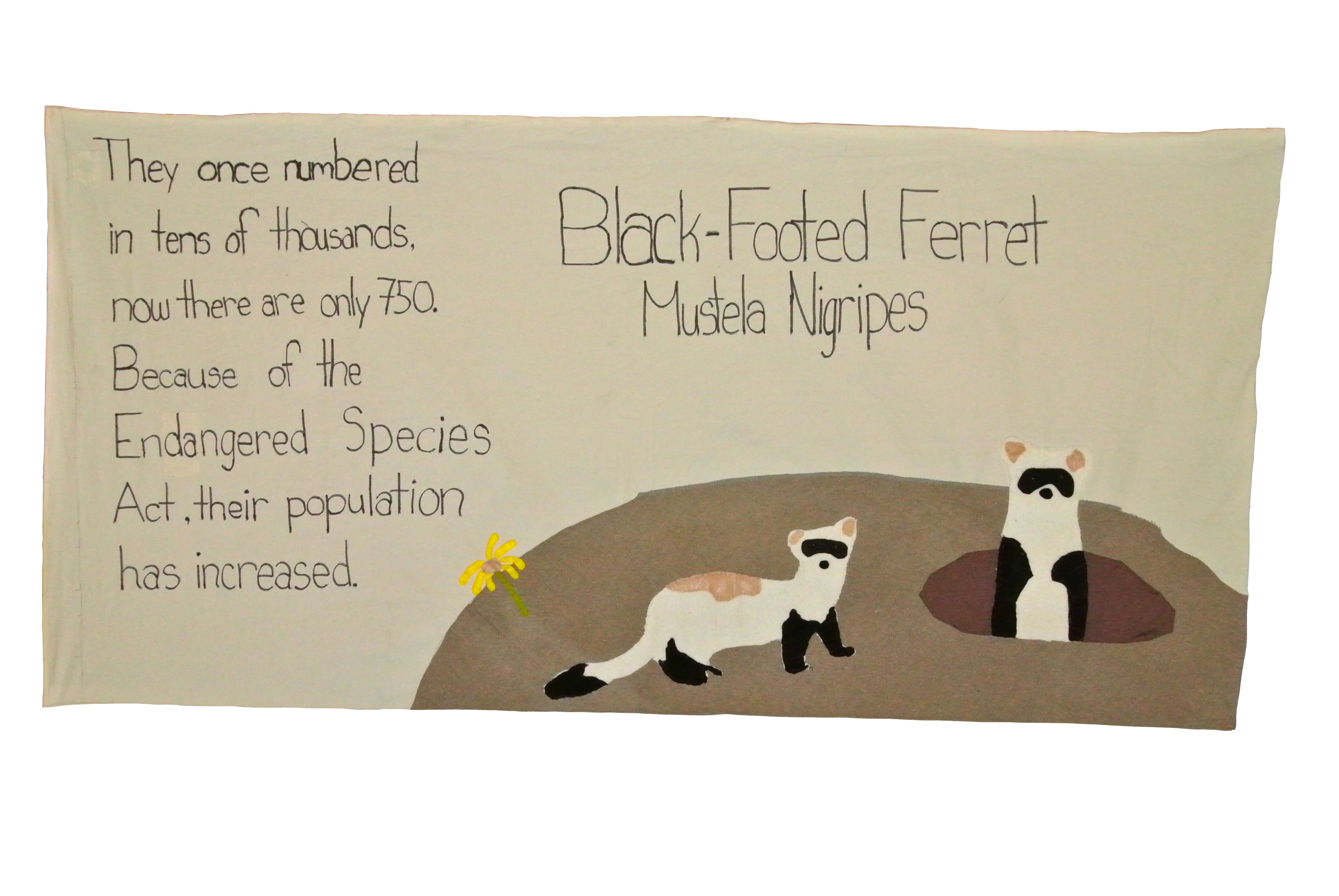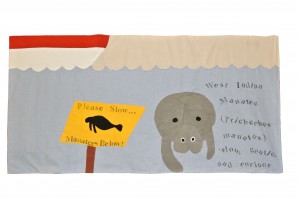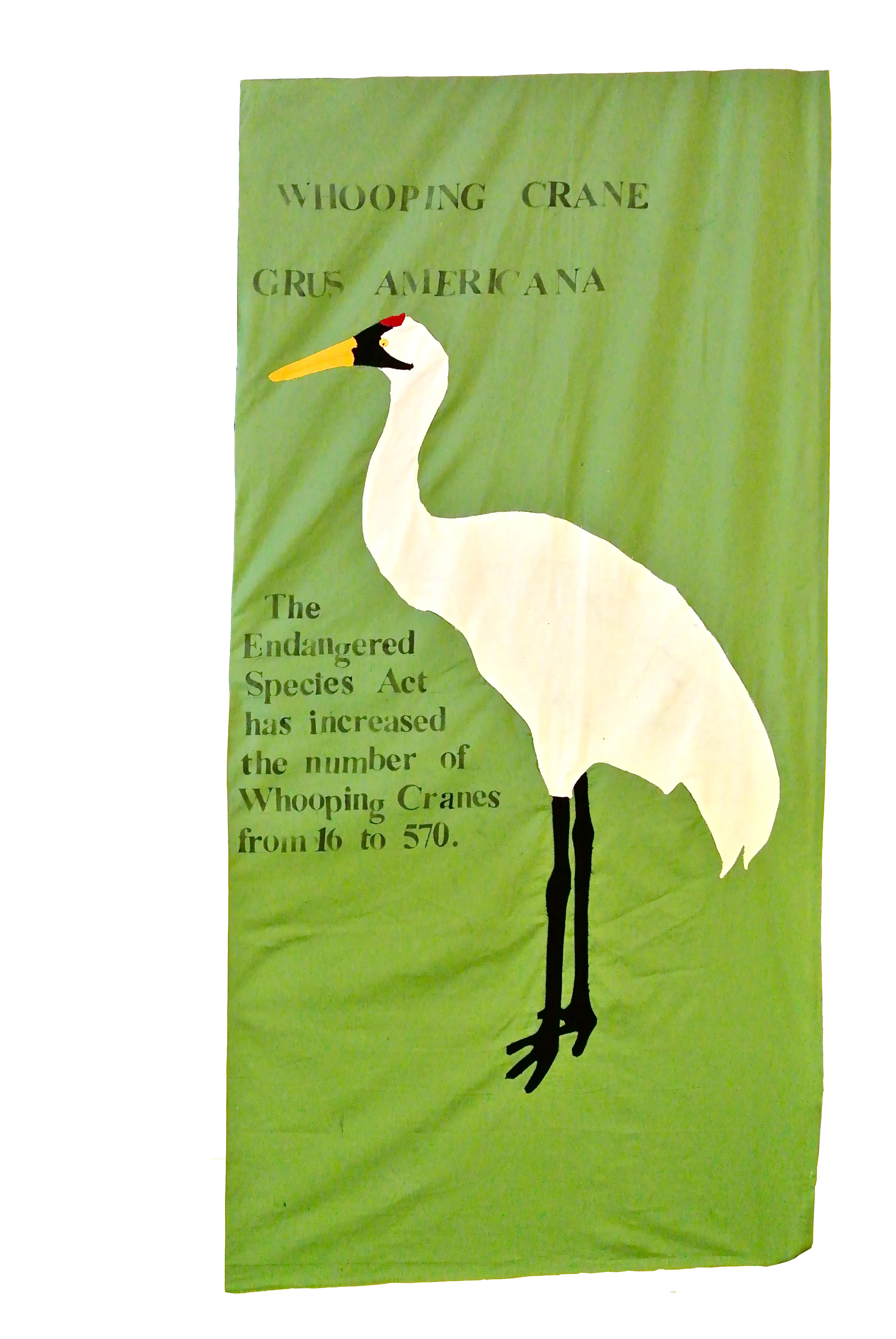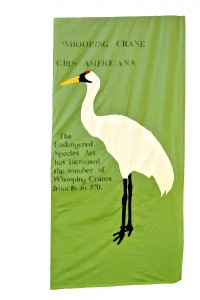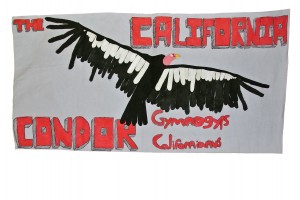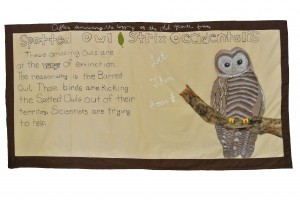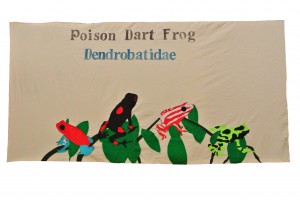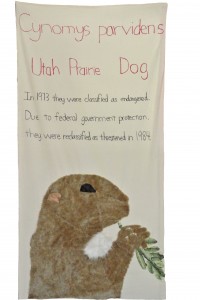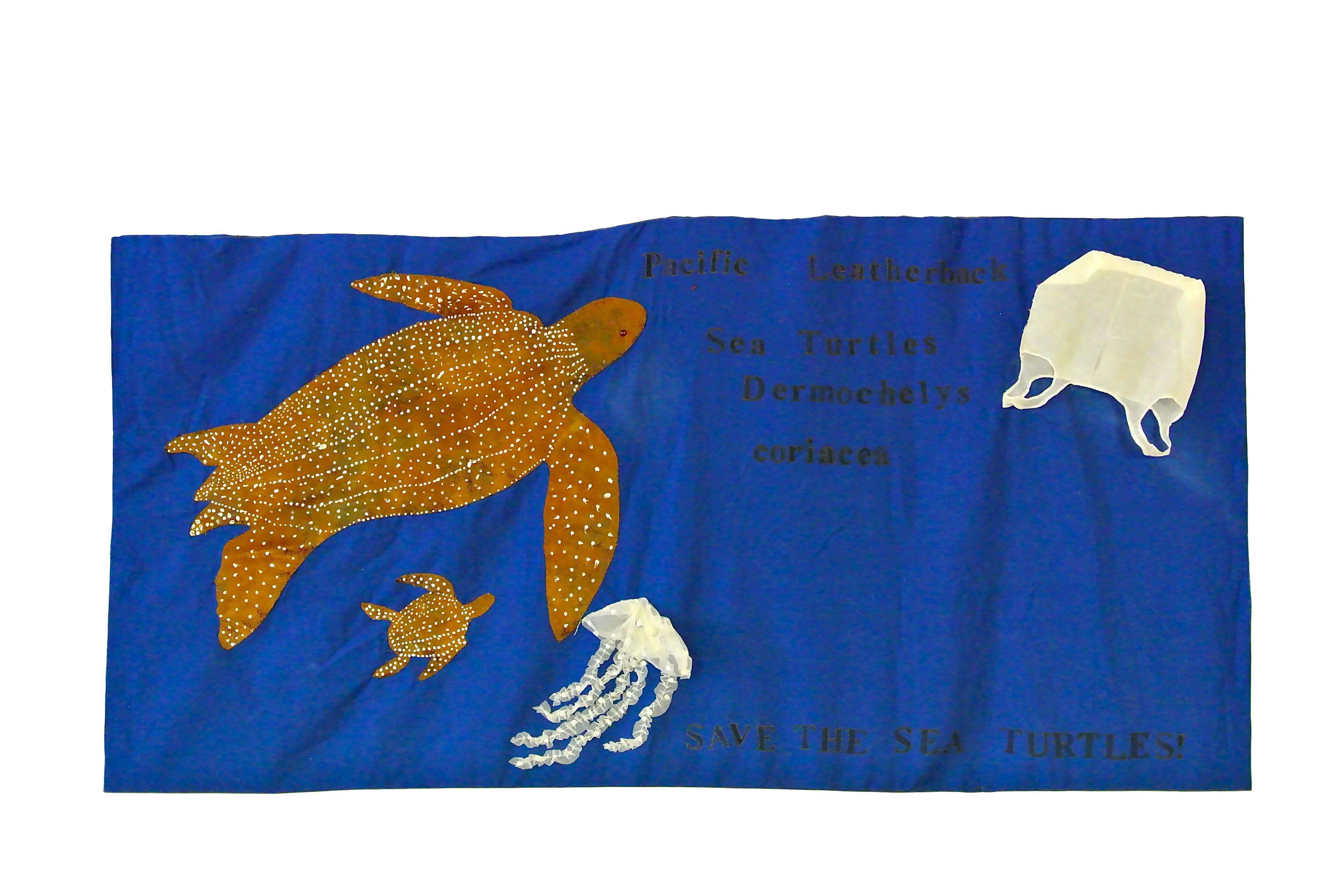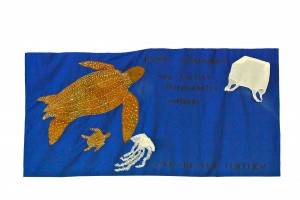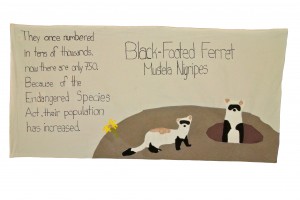
Black Footed Ferrets (Mustela nigripes) are the only ferret native to North America. Their primary source of food and shelter is the prairie dog, which accounts for 90% of their diet.
As settlers killed off prairie dogs and destroyed their tunnels, the Black Footed Ferret population also declined. By the mid 1900 they were thought to be extinct. But a small population was found alive in Wyoming in the 1980’s; those18 individuals were placed in a captive breeding program. Today, there are approximately 750 living in the wild.
To learn more about Black Footed Ferrets go to: http://animals.nationalgeographic.com/animals/mammals/black-footed-ferret/
For a Black Footed Ferret fact sheet go to:
http://www.defenders.org/black-footed-ferret/basic-facts
For information on threats to the Black Footed Ferret go to: http://www.defenders.org/black-footed-ferret/threats
The Black Footed Ferret Society at:
